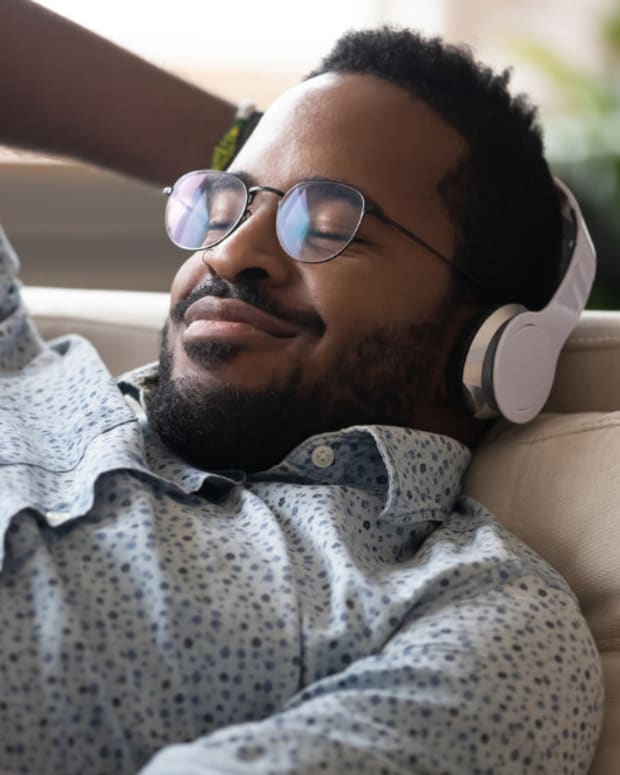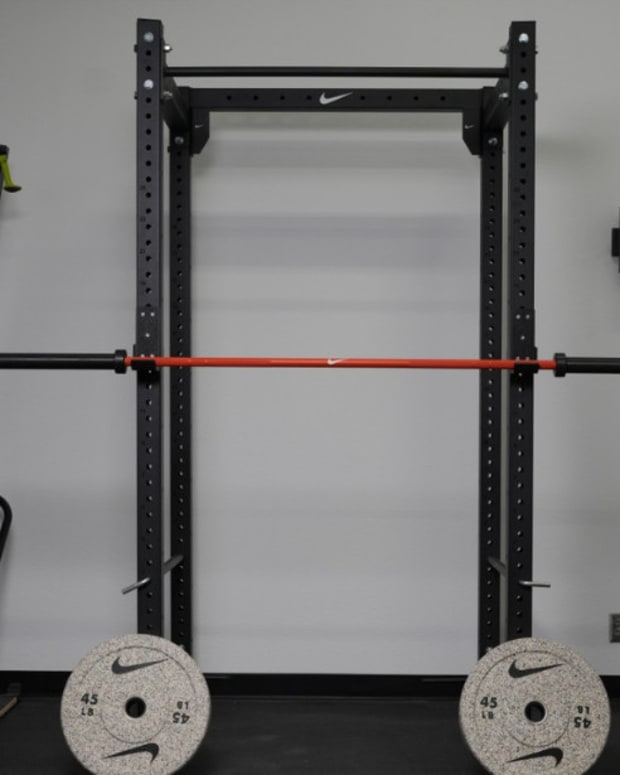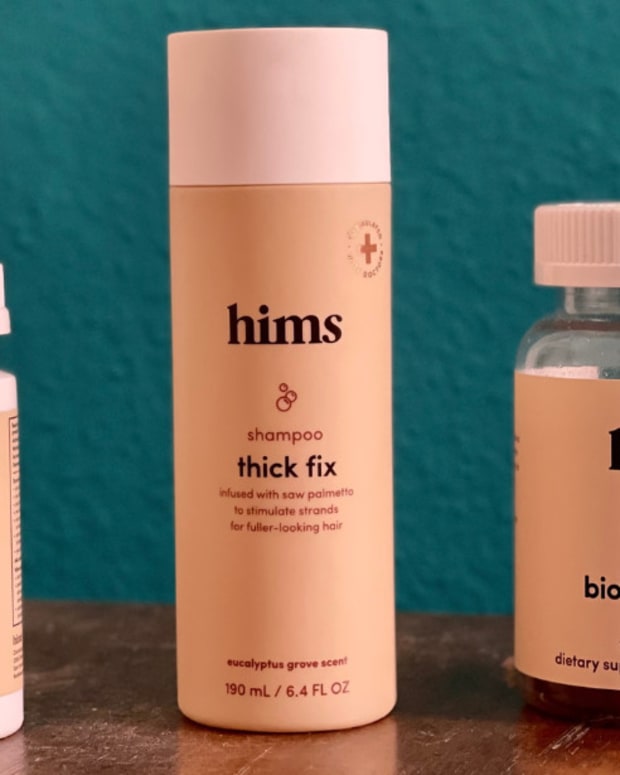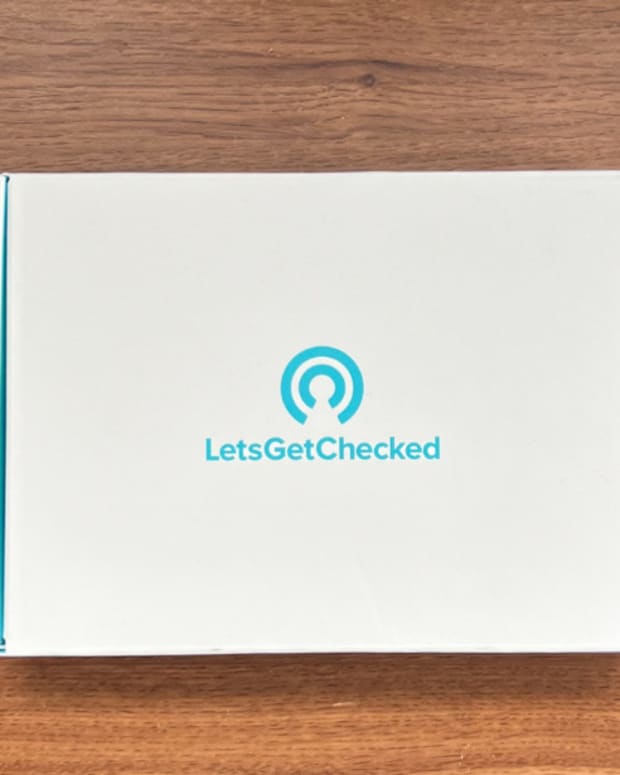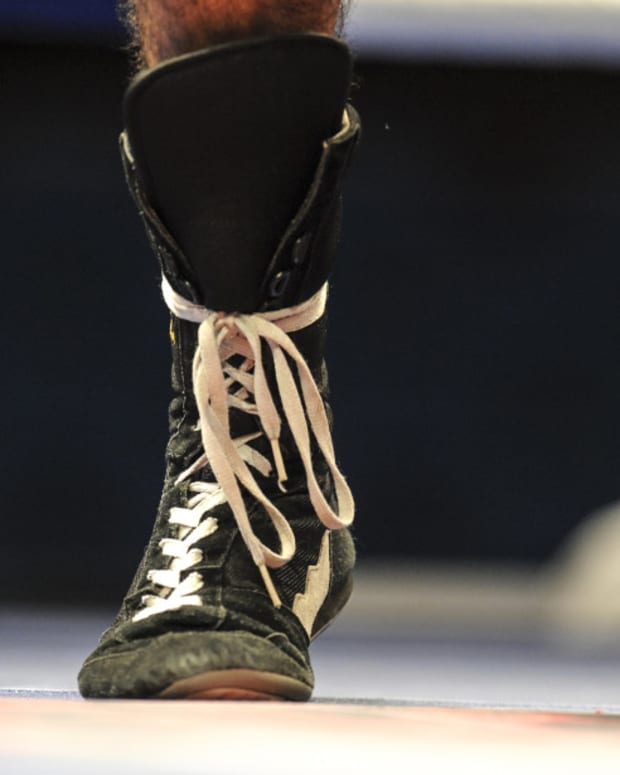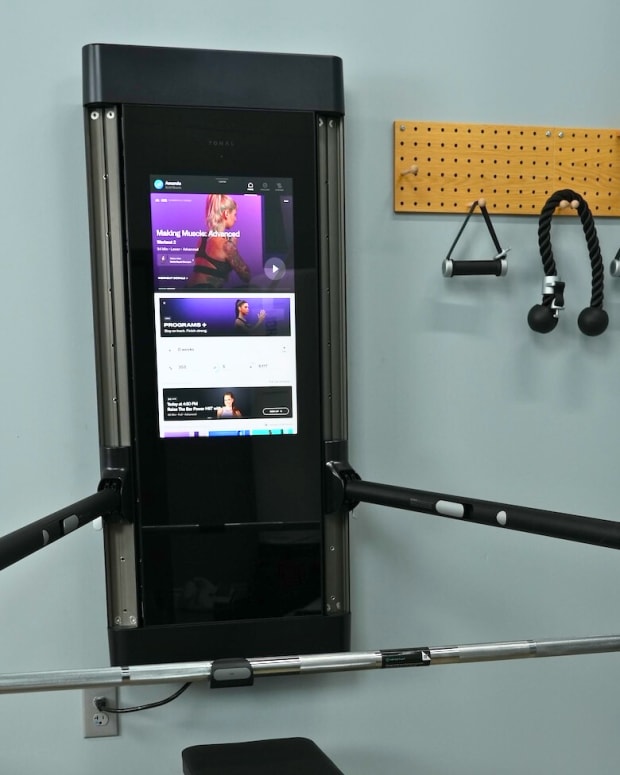The products featured in this article have been independently reviewed. When you buy something through the retail links on this page, we may earn commission at no cost to you, the reader. Sports Illustrated editorial staff are not involved in the creation of this content. Learn more here.
During a 10-minute mile, each foot hits the ground 1,700 times, according to research. This translates to forces around two and a half times your body weight on your joints, a study in the Clinical Journal of Sports Medicine found. The arch of your foot is crucial to the running gait cycle, because it provides impact absorption and stability as you push off the ground. The more efficient that process, the easier running will feel—and the less likely you are to be at risk for injury.
But high arches, which are generally less flexible than normal arches, can disrupt the fluidity of the gait cycle, increasing the amount of stress on your feet because they can’t absorb shock as well. Medically, feet with high arches are known as a cavus foot deformity—but less than 20 percent of the population is likely to have this condition (you’d have to see a doctor to confirm a diagnosis).
Still, no two runners have the exact same foot shape, and higher-than-normal arches—where there’s more space than normal between your arch and the ground while barefoot—can cause discomfort. Since the number one most important feature of a running shoe is comfort, finding one that supports your foot no matter its shape or size is the best way to run healthy.
To that end, we’ve rounded up the best running shoes for high arches in 2024. In addition, we'll explain why the arch of your foot matters so much to running, what injuries runners with high arches are more at risk for and what features to look for when you’re shopping.
Our Picks for the Best Running Shoes for High Arches in 2024:
- Best Long-Distance Running Shoes for High Arches: adidas Boston 12
- Best Running Shoes for Women With High Arches: Lululemon Blissfeel 2
- Best Multi-Use Running Shoes for High Arches: Kuru Flux
- Best Running Shoes for Men With High Arches: Nike Pegasus 40
- Best Running Shoes for High Arches and Plantar Fasciitis: Hoka Gaviota 5
- Best Trail Running Shoes for High Arches: Allbirds Trail Runners SWT
- Best Road Running Shoes for High Arches: Hoka Clifton 9
- Best Minimalist Running Shoes for High Arches: Xero HFS II
- Best Running Shoes for High Arches And Wide Feet: New Balance Roav Tee Shirt
Best Long-Distance Running Shoes for High Arches: adidas Boston 12
Key Features:
- Price: $160
- Weight: 9.2 ounces
- Drop: 7 millimeters
- Best for: Mid- to long-distance running
- Standout feature: Glass fiber-infused ENERGYRODS for minimal energy loss
Whether you’re training for a race or just looking for a shoe that can go the distance while keeping your feet comfortable, the adidas Boston 12 running shoes are a go-to pick for mid- to long-distance runners who need more arch support. With adidas’s Lightstrike Pro cushioning and the glass fiber-infused ENERGYRODS (adidas’s answer to the carbon plate trend) underfoot, these shoes can tackle long runs over and over again without causing foot pain or collapsing arches. A lightweight mesh upper promotes breathability, while the Continental rubber outsole offers plenty of grip in wet and dry conditions.
What we like:
- Plenty of support for the foot and arches
- Lightweight and designed for long distances in mind
- Great for training and racing
What we don't like:
- Some colors out of stock often
- Not ideal for speedwork
Best Running Shoes for Women With High Arches: Lululemon Blissfeel 2
Key Features:
- Price: $148
- Weight: 9.7 ounces
- Drop: 9.5 millimeters
- Best for: Road running, lifestyle
- Standout feature: Designed specifically for women’s feet
Research shows that the arch of a woman’s foot is less stiff than that of a man’s, so a snug, supportive fit—especially for female runners with higher arches—can help lessen the amount of stress on the foot and help you run more efficiently. The Blissfeel 2 was designed specifically for women who run, with a midfoot frame that supports the arch and a thick foam midsole wrapped in softer blown rubber in the forefoot and sturdier rubber in the heel to help better absorb impact with every step.
What we like:
- Lululemon offers a 30-day trial period and full refund if you don’t like the Blissfeel 2
- Offered in 12 colorways
- Also works for hybrid fitness classes
What we don't like:
- Those with wide feet should consider going up half a size
- Not as supportive for longer distances
Best Multi-Use Running Shoes for High Arches: Kuru Flux
Key Features:
- Price: $150
- Weight: 9.3 ounces
- Drop: 8 millimeters
- Best for: Running, walking, lifestyle
- Standout feature: KURUSOLE heel design
There are two features that make the Kuru Flux our best multi-use shoes for high arches: the KuruSole and the KuruCloud. The KuruSole is a patented heel design that tightens the heel support and stiffens the arch support along the midsole when you take a step. All of this takes place inside the design of the shoe and keeps your support stable throughout your running or walking stride.
The KuruCloud is the outsole. KuruCloud is made from supercritical EVA foam, a type of EVA that is supposed to be more durable and give you significantly more energy return—that springy feeling when you lift your foot off the ground—than typical EVA foam. These two features combined with a wider toe box than other running shoe brands, plus arch-supporting insoles makes Kuru Flux a well-rounded shoe for high arches that you can use in multiple situations.
What we like:
- KuruSole increases heel and arch support
- KuruCloud is potentially more durable and supportive than traditional EVA foam
- Lightweight for a supportive shoe
What we don't like:
- Expensive
- Some of the colors are limited-time offers
Best Running Shoes for Men With High Arches: Nike Pegasus 40
Key Features:
- Price: $130
- Weight: 9.4 ounces
- Drop: 10 millimeters
- Best for: Road running
- Standout feature: All-around versatility
Nike dubs this shoe the “workhorse” of its lineup, because it’s good for everything from a quick jog between meetings to weekend long runs. While this is a neutral shoe, which tend to have minimal arch support, the snug midfoot fit keeps your foot locked in and unlikely to wobble. Zoom Air units in the heel and forefoot combined with React midsole foam make this a snappy ride, so you can hit the gas pedal when you need to while still providing a comfortable foundation.
Related Post: The Best Nike Running Shorts
What we like:
- Lighter than previous version
- Tongue is very padded for extra comfort
- Relatively lightweight for a daily trainer
What we don't like:
- Nike sizing runs narrow
- Lack of breathability
Best Running Shoes for High Arches and Plantar Fasciitis: Hoka Gaviota 5
Key Features:
- Price: $175
- Weight: 10.9 ounces
- Drop: 6 millimeters
- Best for: Road running, walking
- Standout feature: H-Frame technology for stability and support
High arches can not only cause instability issues, they put you at risk for plantar fasciitis, because they overstretch the band of tissue under the foot that connects your heel to your toes. The Gaviota 5 has been updated from previous models to accommodate wider feet. This new version also includes Hoka’s H-Frame technology, a guiding component of the midsole that helps to provide stability and support without over adjusting the running form of the runner. It doesn’t affect the cushioning or weight at all, so you get a slightly more structured shoe with the expectedly plush Hoka feel and meta-rocker shape.
Related Post: The Best Shoes for Plantar Fasciitis
What we like:
- Has the American Podiatric Medical Association (APMA) Seal of Acceptance
- H-Frame prevents excessive inward rolling, or overpronation, of the foot
- Doubles as a walking shoe
What we don't like:
- Heaviest shoe on this list
- Expensive for a daily trainer
Best Trail Running Shoes for High Arches: AllBirds Trail Runners
Key Features:
- Price: $140
- Weight: 9.99–11.96 ounces
- Drop: 7 millimeters
- Best for: Off-road running, walking or hiking
- Standout feature: 4 millimeter lugs on the outsole for traction
According to AllBirds, the Tree Runners are made “from nature, for nature,” and these shoes offer a unique blend of durability and sustainability for anyone who finds themselves on off-road terrain. The Trail Runner uppers are made with a eucalyptus tree fiber and wool blended material that is reinforced by recycled polyester ripstop. The shoelaces on the Trail Runners are recycled plastic and all of the foam is bio-based.
The Trail Runners are also functional. The collars fit snugly around your ankle to keep debris from the trail out of your shoe. The midsole is made from SweetFoam which is a sugar cane-based foam that provides support throughout the arch.
The feature that sets the Trail Runners apart is 4 millimeter grips on the outsole. These lugs are deeper than other shoes which gives your foot a stronger traction on uneven terrain, and the multi-directional design will allow you to maintain your grip even with awkward foot placement.
What we like:
- 4 millimeter, multi-directional grip on the outsole
- SweetFoam midsole is supportive and comfortable
- Made with sustainable materials
What we don't like:
- Only two color options available for men and three for women
Best Road Running Shoe for High Arches: Hoka Clifton 9
Key Features:
- Price: $145
- Weight: 8.7 ounces
- Drop: 5 millimeters
- Best for: Road running
- Standout feature: Meta-rocker sole
Hoka originated the chunky shoe trend, and its supportive designs are uniquely suited to runners with high arches (the APMA has even given this style their seal of approval). The Hoka Clifton 9 has a molded EVA foam midsole for super comfy cushioning, and the engineered knit upper easily accommodates a taller arch shape. Runners with high arches also tend to have a more jarring heel-to-toe transition, and the brand’s signature meta-rocker sole helps roll the foot smoothly through the gait cycle.
What we like:
- This version eliminated weight while adding three millimeters in stack height
- Wider, more cushioned crash pad at the heel encourages soft landings
- Durable outsole extends longevity
What we don't like:
- Standard width can run narrow
- Not very responsive
Best Minimalist Running Shoes for High Arches: Xero HFS II
Key Features:
- Price: $119.99
- Weight: 8.3 ounces (men’s 9)
- Drop: Zero
- Best for: Road running
- Standout feature: 5,000 mile sole warranty
Xero shoes take a slightly different approach to support than other shoes. Xero makes their shoes to allow your foot to move in its natural range of motion, which may help to strengthen your foot muscles to alleviate pain. The HFS II is a new model from Xero that offers users a lightweight, grippy running shoe for road running.
The HFS II looks a bit thicker than the older HFS running shoes, but that’s because Xero added a foam layer called BareFoam that wraps around the upper creating a cup-like shape of support and cushion. HFS II also features a zero drop heel which Xero says gives you more balance, improves your posture and better flexibility.
What we like:
- BareFoam layer that wraps around the upper for extra protection
- Xero’s 5,000 mile sole warranty
- Lightweight, durable material
What we don't like:
- Designed to strengthen your foot rather than offer cushion support which some users may not like
Best Running Shoes for High Arches and Wide Feet: New Balance Roav Tee Shirt
Key Features:
- Price: $74.99
- Weight: 10.8 ounces
- Drop: 8 millimeters
- Best for: Road running, lifestyle
- Standout feature: Ultra Heel design protects Achilles tendon
New Balance’s Fresh Foam midsole technology was designed to provide comfortable cushioning in a lightweight package. The Roav Tee Shirt (no, that’s not a typo) shoe stacks a synthetic mesh upper made with T-shirt material on the laces for even more comfort. At the back of the shoe, the Ultra Heel design—which securely holds your heel in without putting extra pressure on your Achilles tendon, a part of your foot that tends to get overloaded when you have high arches—adapts to your foot.
Related Post: The Best Shoes for Wide Feet
What we like:
- Also available in standard sizing
- Budget-friendly
- Doubles as an athleisure shoe
What we don't like:
- Doesn’t handle rain well
- Not designed for higher mileage
How We Chose the Best Running Shoes For High Arches
In compiling a list of the best running shoes for high arches, we looked at the amount of cushioning in a shoe, specific stability features, the weight of the shoe, the versatility of the shoe, the overall cost and the feedback from reviewers.
How To Choose the Best Running Shoes for High Arches
If you suspect you have high arches, you may want to talk to a foot expert like a podiatrist or someone at a specialty running store to see if you would benefit from a certain type of support. Otherwise, trying on several different pairs of running shoes—and looking out for features like cushioning and extra arch support—can help you get a sense of what fit feels best on your feet.
What Injuries Are Runners With High Arches Most Likely To Get?
High arches put more stress on your feet, because they can’t absorb shock as well when you walk or run. As a result, there are several types of injuries someone with high arches might be at risk for, including metatarsalgia, or inflammation in the ball of the foot, which causes pain when standing or walking for extended periods; plantar fasciitis, or inflammation in the ligament that connects your toes to your heel, which is characterized by sharp heel pain, especially in the morning; hammer toes, where the second, third or fourth toes bend at the middle joint; or claw toes, where the toes that curl downward and dig into the soles of your shoes. Runners with high arches are also more likely to experience ankle sprains, because of the instability of the foot. Wearing supportive shoes can help avoid all of these issues.
How To Know if You Have High Arches
One of the simplest ways to tell if you have high arches is the water test: Wet your feet, then stand on a piece of paper or concrete—somewhere where you’ll be able to see the imprint left behind by your feet. People with high arches will only see an imprint of their heel and the front of their foot with nothing in between. You may also experience symptoms of high arches, from foot instability, which can lead to ankle sprains, and pain when standing or walking, to callouses on the ball, side or heel of the foot and hammer toes (where your toes are bent) or claw toes (where they’re clenched). If any of those symptoms sound familiar, you should schedule a consultation with your healthcare provider to determine whether high arches are to blame.
Running Shoes for High Arches FAQs
Do you need special shoes if you have high arches?
You don’t necessarily need special shoes, but shoes that support your arch and help stabilize your foot can help you avoid injury. You may also want to invest in orthotic insoles that can be used in multiple pairs of running shoes. For what it’s worth, there’s no evidence that a specific type of running shoe can prevent injuries, according to an August 2022 meta-analysis of existing studies. If you’re dealing with discomfort or pain, you should absolutely talk to a professional.
Do you need more arch support if you have high arches?
Yes. When you have high arches, there’s a gap between the arch of your foot and the ground (or the insole of your shoe). If you don’t fill that gap, running can put excess pressure on different parts of the foot and may lead to injury
Why do my high arches hurt when I run?
Every time your foot hits the ground while running, it generates ground reaction forces around two and a half times your body weight. A foot with a normal arch helps disperse that weight throughout the foot and up your legs, but a foot with a higher arch places excess pressure on the front and back of the foot, which can lead to injuries.
Final Thoughts
The most important thing to consider when shopping for running shoes is comfort. Whether you have a true cavus foot deformity or just slightly higher-than-normal arches, a running shoe with supportive cushioning, stability features, and a fit that hugs your foot can help you run more efficiently—and feel better doing it. And that’s going to keep you healthy in the long run.
Prices are accurate and items in stock as of publish time.












